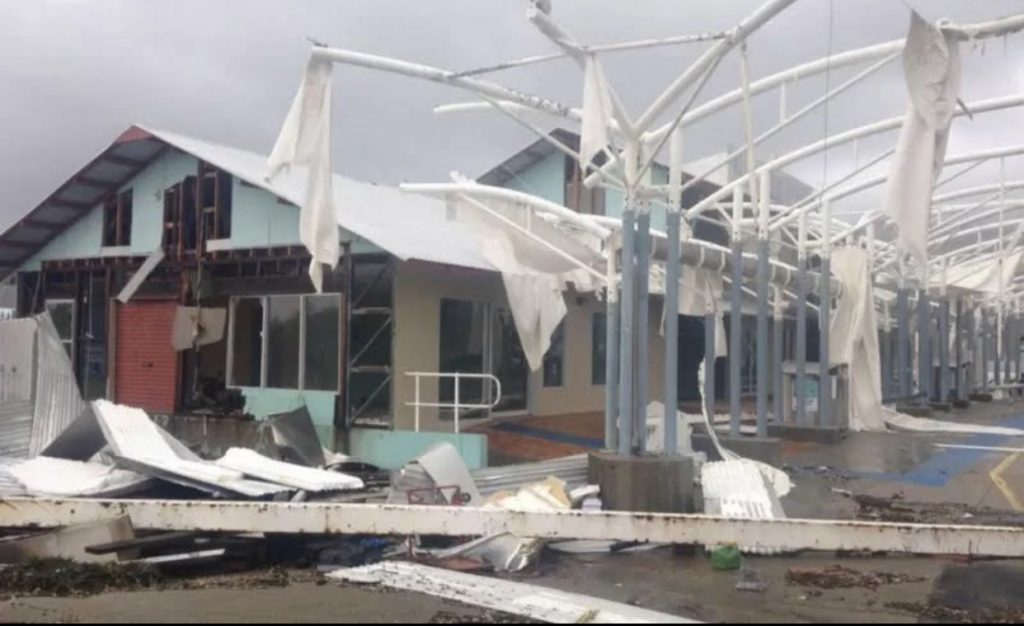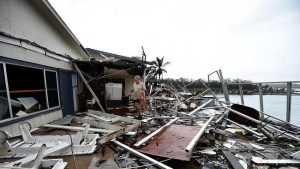Five Years Later, Australians Still Remember Cyclone Debbie

While Cyclone Debbie was not the strongest storm of the 2016-17 Australian Cyclone Season, it served as a painful reminder to Australian residents of the damage cyclones can bring.

Residents of the Whitsunday Region of northern Queensland still remember the horror brought by the Category 4 (AU scale) Cyclone and the destruction it caused. Loses from insurance claims were as high as $2 billion from 76,000 claims and some areas haven’t fully recovered yet. But the people said that the towns destroyed five years ago are better now, and made them closer together.
The cyclone made landfall near Airlie Beach after lashing over the islands of Whitsunday. It was first identified southeast of Papua New Guinea on March 22. Storm’s development was slow, only to be named on March 25. The intensification was stalled over the next day but rapidly intensified from Category 2 to Category 4 (AU Scale) in 12 hours on March 27. Australia Bureau of Meteorology recorded wind gus
ts as high as 263 kph in Hamilton Island as it moved closer to the coast by morning of March 28. It ultimately made landfall in Airlie Beach at 12:40 PM.

The storm then slowed down to 7 kph making the vulnerable areas exposed to the dangers of the storm longer. Proserpine Airport which is about 30 kilometers southwest of Airlie Beach recorded wind gusts of 167 kph. Many communities near the storm’s path also experienced severe destruction. Debbie weakened for the next 72 hours and was classified Ex-Tropical by BoM on the 30th. It still brought some destructive winds to other areas of northern Queensland.
Rainfall brought by Cyclone Debbie caused massive floods. Clarke Range, west of Mackay, received 986mm in the 48 hours to 9 AM on 29 March and Mt Jukes, northwest of Mackay, recorded 635mm in the 24 hours to 9 AM on 30 March. Several locations in the Fitzroy River basin received close to 1000mm in rainfall over two days. Record flooding occurred in the Connors and Isaac Rivers and the Fitzroy River went into major flood warnings at Rockhampton during the following week.
